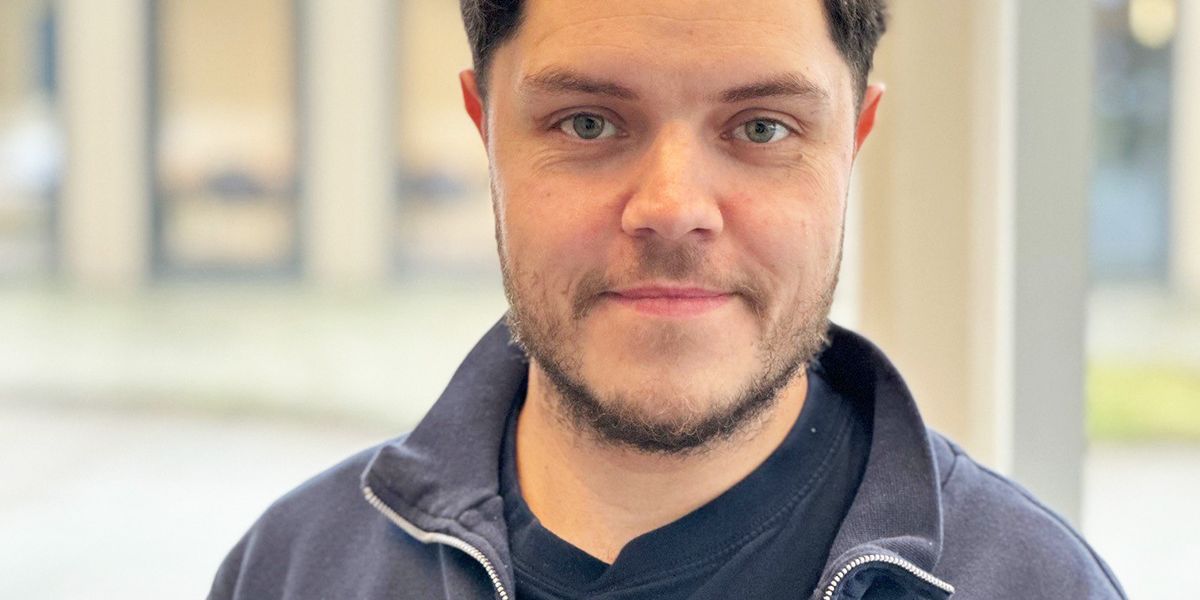.jpg)
.jpg)
"One of the first AI projects to be certified under EU standards."
Mechatronic system engineer Bas Vet
Read more
Mechatronics systems engineer Judith Schoot Uiterkamp collaborated on a large machine learning project for a client working with multiple robots freely moving in the field. The client approached Demcon with some interesting questions. For example, “Is it possible to teach a group of robots a certain task?”. The goal was to gain greater insight into the use of robots and into the added value of reinforcement machine learning. Judith found it a tremendously challenging project.
The client has a few tele-operated robots and was asking to what extent they could be made autonomous using reinforcement learning. We developed a simulation in which we built a world to investigate how autonomous systems can help execute this task. In this simulation we mimicked the robots, including all sensors, that we then trained using a machine learning algorithm. This algorithm ultimately determined the robot’s behavior. This enabled us, for example, to see what happens when you place the robot in a certain environment or equip it with certain sensors. This provided the client with greater insight into the use of robots and it enabled us to determine the extent to which we are able to progress with this technology.
For Demcon this was a sidestep in terms of the standard machine learning we are already involved in. Simulating the entire world was a challenge as well. We never built an entire world with robots on this scale before. Neither the client nor the engineers knew in advance where the research was going to end up. Working within such a large unknown area where any extreme outcome is possible was very interesting. Working with the latest algorithms was really cool and challenging because it had never been done before.
You try to find as many examples of people who have done this before as possible, but there were few such examples. We used a large example from the gaming world, but we ultimately moved away from it because we ran into limitations that do not work in the real world. Then it was a question of exploring. We made use of the agile approach whereby we delivered something every week. This created focus and prevented us from straying off course, which was very important in this project. We steadily progressed in small steps, repetition and slowly building up our product. It was a very different project from a standard mechatronics project for which certain protocols and standard practices are available. In this project we had to sort everything out for ourselves.
The project is unique in Europe and is also progressive. For the client this was a very progressive project and therefore totally awesome. It is a special project from a technical perspective, but also because it had never been done before. Because it was a unique project with high impact, the team spirit was great. We had a tight team with much enthusiasm and commitment. The enjoyment and drive in this project are reflected in the results. We accomplished a tremendous amount of work and produced something unique. I am proud that the project was successful. It was a huge black box and no one knew how the project would proceed or what to aim for. Nevertheless, we managed to find our direction and produce something concrete that is useful to the client. I am very proud of that, because this is very difficult.
Would you like to learn more about mechatronic system engineering at Demcon? Come visit us for a cup of coffee (or tea). Send an email to coffee@demcon.com and we will be happy to contact you!
.jpg)
.jpg)
Mechatronic system engineer Bas Vet
Read more

Assembly operator 2 Gino Folkers
Read more

Senior mechanical engineer Michiel Aarts
Read more

Senior software engineer Pieter Bijleveld
Read more